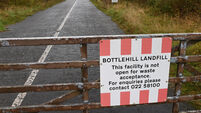Ireland needs to develop ports to take advantage of our vast offshore wind potential
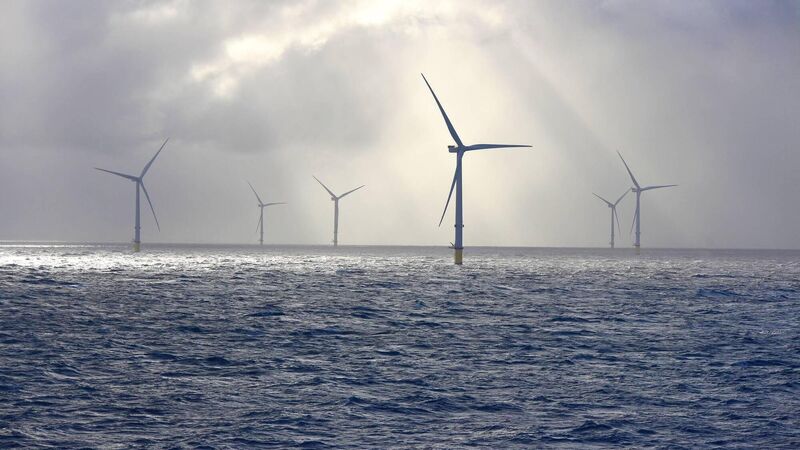
Ireland’s offshore wind resource potential can be categorised into two distinct categories, fixed bottom, and floating installations.
Not all countries will have suitable infrastructure for offshore wind and 23% of countries are landlocked. However, Ireland sits on the biggest natural offshore wind resource in Europe with some 640GWs of untapped energy potential.
Our requirements are far outweighed by our potential with the ability to underwrite the economy and energy security for many decades to come. Ireland’s offshore wind resource potential can be categorised into two distinct categories, fixed bottom, and floating installations.
Though both use the same turbine technology and will extend out of water by over 280m, they are distinctly different in use, in port and installation requirements.
Fixed bottom is a ‘shallow’ water solution, up to 60 metres, while floating is for deeper waters. The proportion of energy by 2050 for Ireland is estimated to be dominated by wind; 11.5GW onshore and about 10GW fixed offshore wind and at least 30GW of floating offshore wind.
For a country that traditionally spoke about a lack of natural resources, Ireland sits on vast offshore wind energy potential. But there is a 'but'.
CLIMATE & SUSTAINABILITY HUB
Ireland's current strategy is to focus on rolling out fixed bottom installations initially, on the east and south coast, with floating installations to follow off the west coast of Ireland from 2030 onwards. But the question to ask is, is that the right strategy? Is there an alternative approach and what are the implications?
Floating offshore wind is an emerging technology, while fixed offshore wind is a more mature technology.
Floating technology is not new and has been used in the offshore oil and gas industry for over a half a century, having said that, the method of floating the turbine is still being developed with 40-plus designs being tested.
Globally as of early 2024, there are 208MW of installed floating offshore wind, with 88% of the global installations being in Europe, compared to the 73GW of fixed bottom installations.
The majority of floating offshore wind installations are demonstrators or pilot projects, including Kincardine and Hywind Scotland in the UK (30 MW each), WindFloat Atlantic in Portugal (25 MW) and Hywind Tampen in Norway (95 MW). All of these projects received public financial support.
A total of 37 MWs of floating offshore wind was added in 2023, the biggest site Hywind Tampen is located 140 kilometres from the coast and in water depths of 260 to 300 metres providing energy to oil and gas installations in Norway.
Milestones have been reached which show that floating offshore wind is emerging from its infancy stage to becoming a solution that is more attainable with developers and governments reaffirming their commitments for providing renewable energy and also a potential source of energy for Power-to-X solutions, all part of the global energy transition.
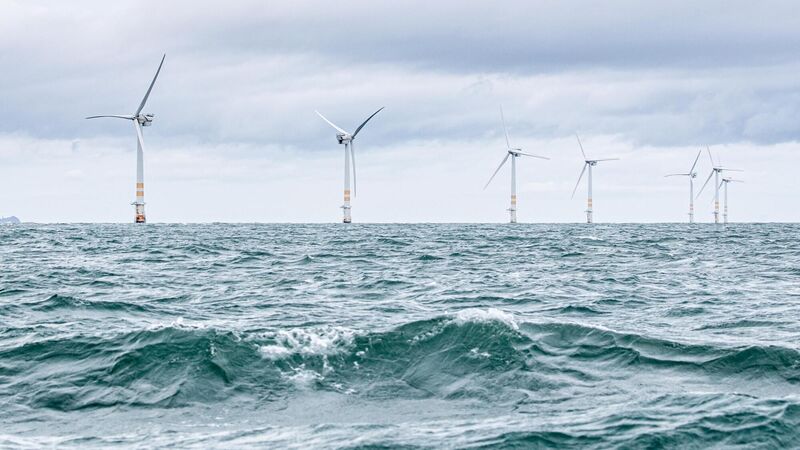
France as an example has just completed a 25MW floating offshore installation near Marseille, and it held the first floating offshore wind auction this year for a 250MW site in South Brittany, with two further auctions to follow in the Mediterranean Sea later this year.
This site will double the European capacity in floating offshore wind when completed, but more importantly indicates the near commercial viability of floating offshore wind and less reliance on public financial support.
Norway, Spain, and Portugal all plan tenders in 2024, with Italy and Greece due to follow, with floating offshore wind developments. The Portuguese site will be in the Atlantic and will be relevant to Ireland's west coast potential.
Scotland has major plans for floating offshore wind with its Offshore Win-Net-Zero roadmap speaking of 5GWs by 2030. Overall the UK has big ambitions with 15GWs of leases to be issued for floating offshore wind installations.
From Ireland's perspective we referred to the 'but'. Ireland currently does not plan to join in with floating offshore wind development in the Atlantic until sometime in the 2030s and unfortunately possibly closer to the 2040s.
Floating offshore wind in the Atlantic faces challenges and in particular in the harsh environment of the Atlantic Ocean off the west coast of Ireland. Challenges such as hydrodynamic, aerodynamic, and structural interactions particularly in severe weather, all have to be catered for.
Installation and maintenance are also a problem as being able to access the units to do maintenance in this environment is a challenge. But it is believed that these will be overcome in the coming years, through innovation, design, and more durable materials.
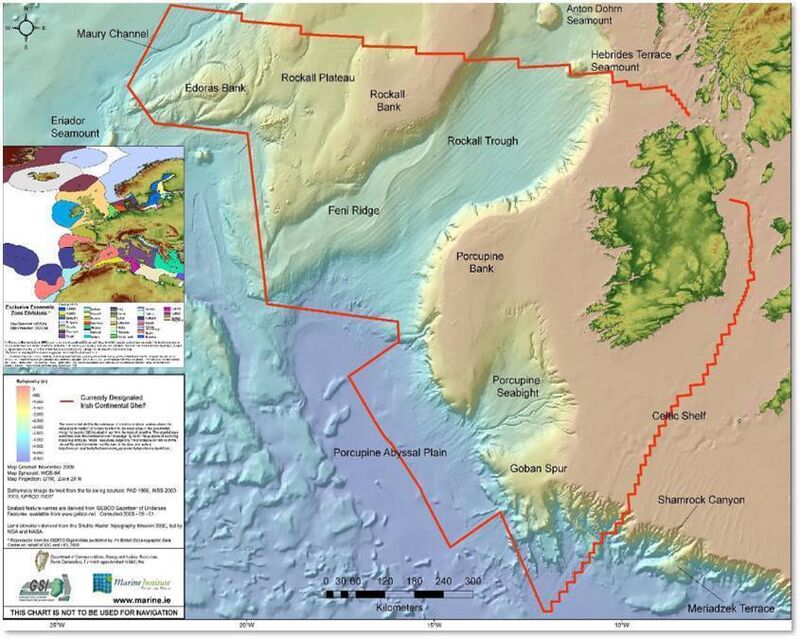
But why wait for this? There are opportunities in the Irish and Celtic Sea within our waters for floating offshore wind in a more benign sea environment, sea conditions similar to existing test sites. These opportunities can be developed ahead of the Atlantic rollout, and in turn develop our own national competency and skill set in this strategic area. The UK and Scottish authorities see the opportunity and are acting on it today.
We have established that there is a case to be made for installing floating offshore wind in the Irish and Celtic Seas, but the 'how' is the big question as it comes back to ports. Currently there are no ports in Ireland to roll out either fixed or floating offshore wind, as discussed in a previous article.
Rosslare, Cork and Foynes were noted as the ports that need to be developed now to roll out fixed offshore wind, with Foynes the focus for floating offshore wind installation along with, possibly Cork. Working with Cork, Bantry may also have a role with its deep water attributes.
Rosslare does not seem to have the depth for floating offshore wind. It then leaves the case to be considered for Bremore, which as a purpose-built port could be configured to support both fixed and floating offshore wind for the east and south coast.
Floating offshore wind turbine port requirements are not the same as fixed bottom offshore turbines. With fixed bottom offshore wind construction, the process starts with the foundations, be it monopiles or gravity base structures.
These are installed ahead of the main assembly on site, at sea, and the final assembly of the turbine, tower and blades are all completed at sea, operating from a specialised vessel. With floating offshore wind all the assembly is done in port onto the floating platform at quay side and towed to the final destination.
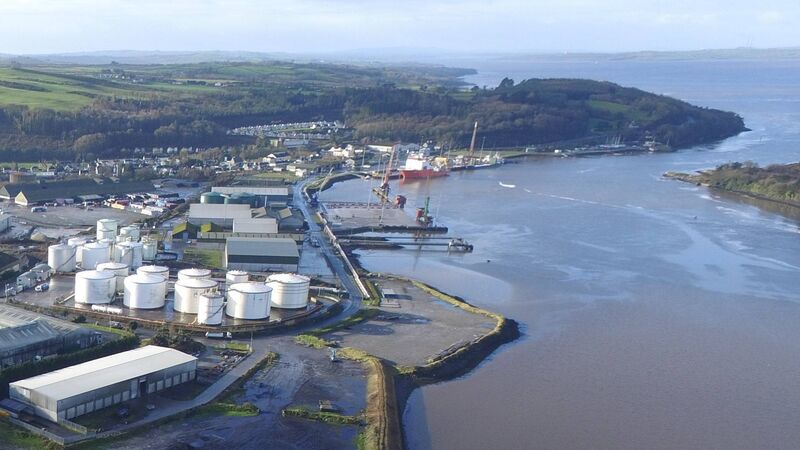
The process requires a manufacturing port where the platforms are made, from steel or concrete, and these are towed to the assembly port. The ports can co-exist, but outside of Foynes port, there is no space in the other ports as it stands today, and this is a huge challenge.
The question that is raised is, what is the strategy or more to the point what is the government/industry plan for Irish ports to be able to support not only fixed based offshore wind turbines but also equally support the installation of future floating offshore wind turbines in the Irish and Celtic Sea, ahead of deployment in the west Atlantic.
The requirements for fixed offshore wind and floating offshore wind are different. The lead time for ports is long and the requirements are immense and so immediate action from the Government is needed to support Irish ports in delivering our potential vibrant renewable future.
If there are no ports, there is no wind — fixed or floating.
- James Carton is Assistant Professor in Sustainable Energy in Dublin City University (DCU).
- Bill Duggan is a research assistant at DCU.



